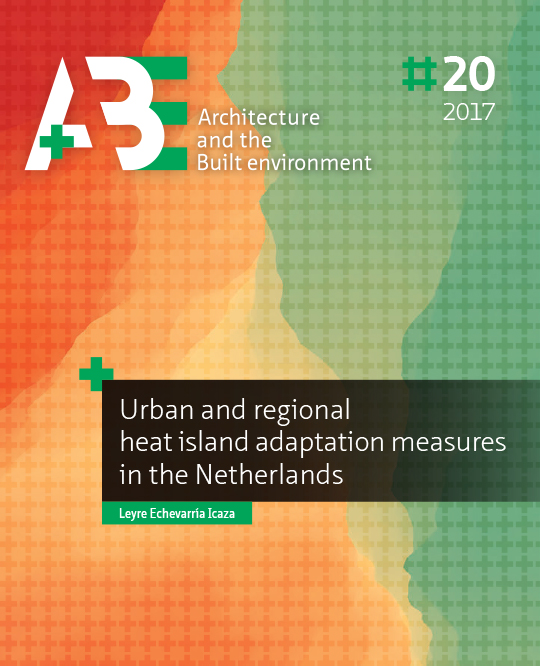Regionalist principles to reduce the urban heat island effect
DOI:
https://doi.org/10.7480/abe.2017.20.3466Keywords:
regionalism, urban heat island, urbanisation, green infrastructureAbstract
Scientists, climatologists, and urban planners have started to recognize the importance of nature at two very different scales: the global (metabolic) and the local (liveability) scales. The regional scale is the one at which these macro and micro approaches overlap. Future predictions foresee an increase of more than 2450 million urban inhabitants by 2050, thus new balanced urban visions need to be developed in order to guarantee the sustainability of urban areas. The Urban Heat Island (UHI) effect is a climate phenomenon resulting from unbalanced urban design arrangements. This paper analyses several design principles proposed by the 1920's regionalists from the UHI perspective. The preservation of the regional geographical landmarks, the implementation of urban containment policies (limiting city sizes), the increase of greenery and the development of green multifunctional blocks would help reduce the UHI in future urban developments.

